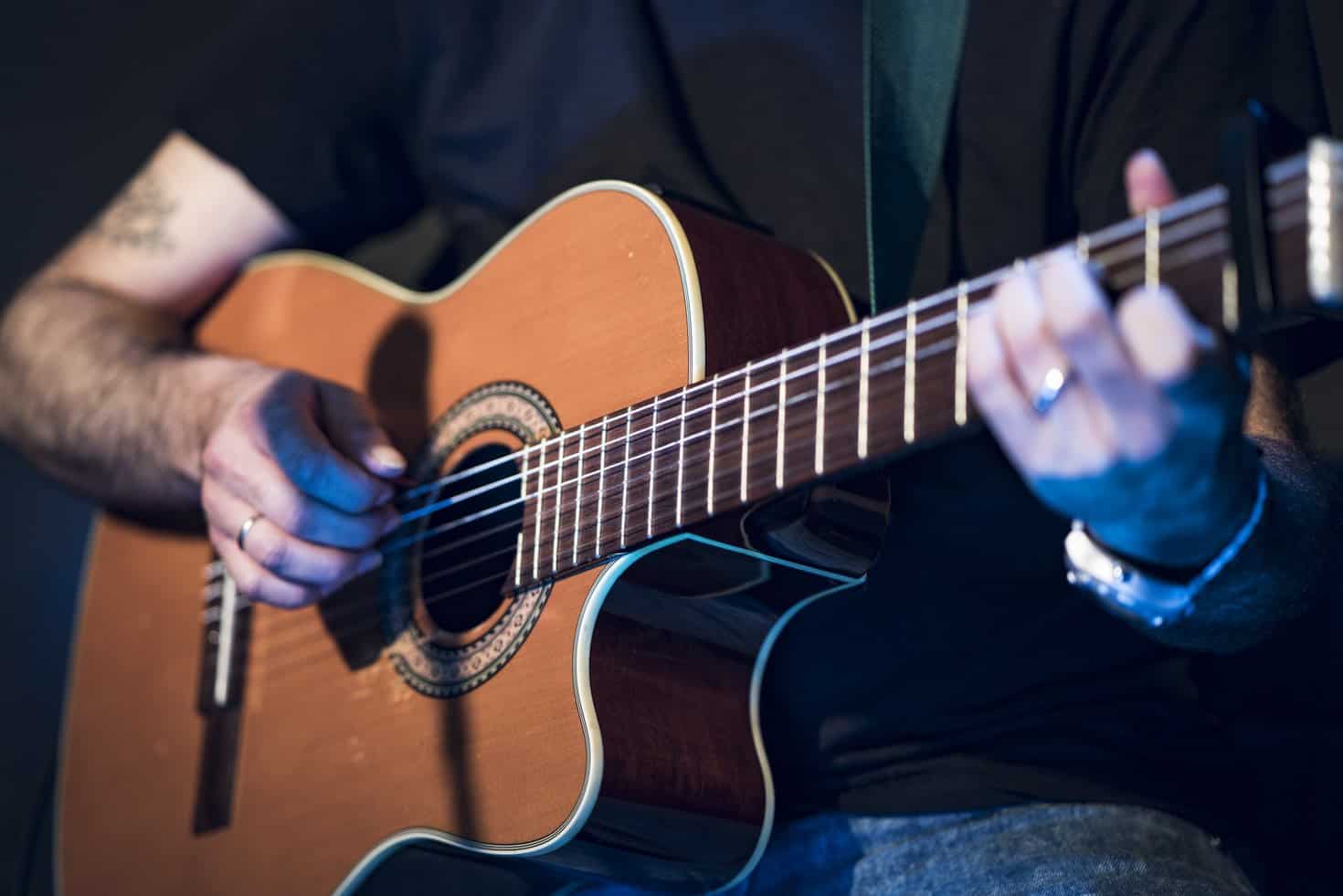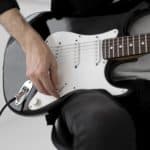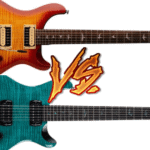When we learn to play a string instrument such as guitar or bass the most helpful tools are always fret markers.
Through them, we can easily locate different areas of the neck just by looking at them which is wonderful for beginners.
After some time playing you get accustomed to playing with these guides, but what would it happen if fret markers were not there to help you?
You might get lost and commit a lot of mistakes while performing.
If you want to get rid of fret markers what you should do is build muscle memory, an amazing thing that happens when you learn music. The nerves in your muscles retain the repetitive movements and you could play without any marker.
Although it could take some time, it is not impossible to do.
In this article, I will teach you not only everything related to fret markers but also how to build muscle memory to play without them.
What are guitar fret markers for?
Fret markers are fretboard inlays that are as functional as decorative, they are marks that guide the performer through the entire fretboard.
Guitars and basses usually have these markers on the third, fifth, seventh, ninth, thirteenth, fifteenth, seventeenth, and nineteenth fret.
In these stringed instruments, you can find a double dot in the twelfth fret to mark the octave and the same happens in the twenty-fourth fret if they have it to indicate two octaves.
Fret markers may be simple dots or sophisticated artworks made of various materials such as woods, plastics, metals, mother-of-pearl, abalone, gemstones, luminlays, and more.
Regarding its shape, the most common are dots but some pieces also have roses, bats, or diamonds design.
Trapezoid markers are typically found as well but are a bit less common.
But what is the intention of fret markers?
Well, those inlays are made to work as a guide for players, fret markers are helpful indicators to know what musicians are playing along the fretboard.
What is more, fret markers appear in almost every guitar or bass, so if you change to another instrument, you won’t get lost.
Besides, some players use the inlays to remember where songs start or to help the musician to know where certain chords are whereas others use them to transcribe notes from one string to another.
No matter how they are used, they are truly useful regardless of your playing level.
Guitars without fret markers usually have markers on top of the neck
In the previous paragraph, we mentioned that fret markers appear in almost every guitar but what happens when they aren’t on the fretboard?
Quite simply, you must look at the neck and inlays could appear on the top of it.
Most guitars have markers along the front part and on top of the neck but some of them have these guides just on the latter.
If that is the case with your instrument don’t worry, they work the same way as I explained!
Fret markers should appear in odd frets (except for the first and the eleventh) and in the twelfth and maybe twenty-fourth indicating the octaves.
If there are no markers on top of the neck, make your own
As you may know, in certain instruments we won’t find inlays on the front of the neck nor the top of it.
In those cases, what you can do is make your own markers.
You can do it in many ways, for instance, paste stickers to mark the top of the neck on the odd frets.
Another common way to make your markers can be by painting them with nail polish but, if you do that, mark them on top of the neck.
These two options are not the only way to do it, you can make your guides the way you prefer.
Try to be creative and bear in mind that certain materials may damage the guitar wood.
Why you shouldn’t put stickers on the fretboard
If you want to use stickers as fret markers you can definitely do it.
However, I do not recommend doing this along the fretboard because stickers could be damaged due to the use and the sweat of your fretting hand.
Only paste them on the top of the fretboard, otherwise, they will come off after some time playing.
Although paint might work, it could damage your guitar so be sure not to use something harmful for your instrument.
Build muscle memory
Although you can make your own fret markers not to get lost while playing, you will find simple playing without them by building muscle memory.
This could be truly useful and if you master this exercise, you will be able to play without looking at your guitar at all.
What you have to do is learn how to move down the fretboard with your eyes closed, in that way you can reach the needed sections due to your muscle memory.
Try to identify each section just by feel, every part of the neck feels different.
You may think that it is hard or even worst, completely useless.
Let me tell you that you are wrong, is a wonderful technique to practice and is definitely doable.
Try not switching between guitars with different scales
As most of you might know, guitar scale length refers to the distance between a guitar’s nut and its bridge.
This distance may vary from guitar to guitar and there are many kinds.
Furthermore, if your goal is to build muscle memory I suggest you stay consistent with the scale length of your instrument.
There is no point in switching scales because the size of the fretboards will be different from one to another.
Consequently, shorter or larger scales will make the exercise tougher and will mess up your progress.
Classical string instruments don’t have fret markers either
Have you ever been to or watched an orchestra?
In those presentations, you can find a lot of classical string instruments such as violins, violas, cellos, or double basses among others.
These stringed instruments have a distinctive particularity, they don’t possess any fret marker.
Thus, classical musicians are used to playing without markers.
In addition, classical guitars also lack fret markers, and at this point, muscle memory raises importance.
Why are there guitars with no fret markers?
This could happen because of various reasons, the most common is regarding the guitar’s aesthetic.
Guitars without markers may look better for some players, it is also said that a pure black ebony fretboard is the desired look for a classical guitar.
Another claim can be related to reducing labor costs.
If you don’t install fret markers on the instrument you will be saving money on costly inlays, time, and the labor of putting them on.
Last but not least, it is thought that if you need markers to play you are not practicing enough, as a consequence, you will be seen as a beginner.
What is more, classical players tend to read a musical score while playing so there is no point in having guides on the frets because they won’t look at the instrument at any moment.

Hello there, my name is Ramiro and I’ve been playing guitar for almost 20 years. I’m obsessed with everything gear-related and I thought it might be worth sharing it. From guitars, pedals, amps, and synths to studio gear and production tips, I hope you find what I post here useful, and I’ll try my best to keep it entertaining also.





